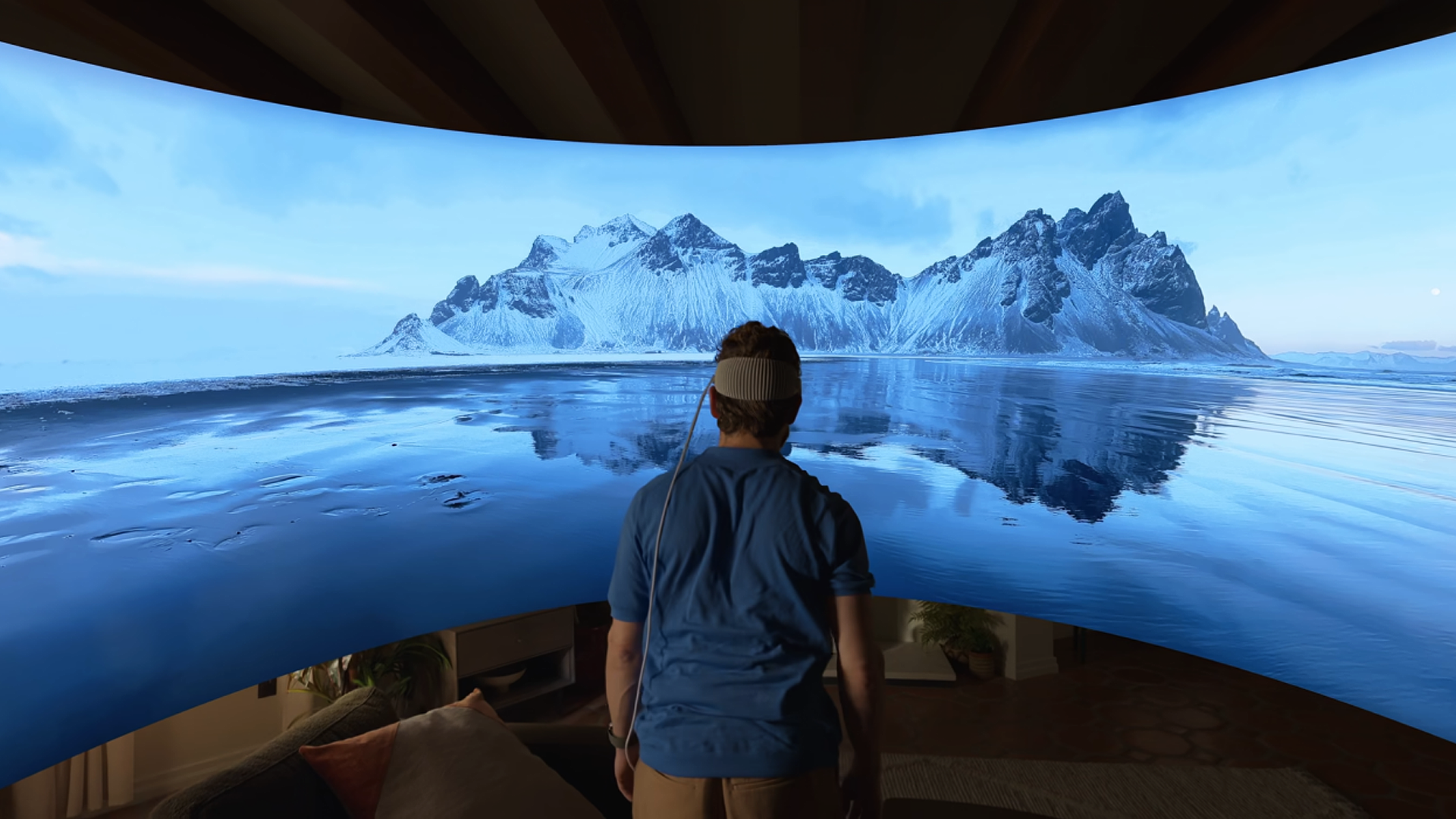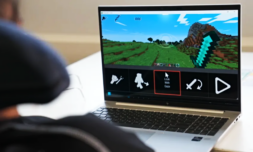The Apple Vision Pro has the ability to pin virtual screens and notices throughout your home and keep them there. Though the tech is far from mainstream, this could be a nod to the future – and it’s eerie as hell.
One of the most popular New Year’s resolutions is to be more present and significantly decrease the amount of time we spend staring at screens.
This is easier said than done, mind, considering any attempt to break the cycle of being harvested by data-collecting corporations is thwarted at every turn. Sorry to go all Bo Burnham, but it’s true.
Aside from a few fleeting anti-conformist trends, like Gen Z swapping their smartphones for the ‘dumb phone’ mobiles of decade’s past, surveys show that screen time remains on a constant upward trajectory for all demographics.
Offering up yet another pixel-rich experience to burn out our retinas, Apple has released its Vision Pro headset which it hopes will become the benchmark for VR, AR, and exploring the so-called metaverse.
The cool price of $3,500 (spits coffee) is obviously a major sticking point for the vast majority of consumers, but the wearable device is causing a stir online regardless.
This is because, in terms of realising a true Augmented Reality experience akin to Tony Stark in his hologram workshop, Apple has nailed the proof of concept assignment more than any other to date.
If you search ‘Apple Vision Pro’ several dystopian video clips are currently gaining traction online. One features a man plucking invisible assets from thin air whilst driving Elon’s Cybertruck hands-free. Another shows a brave, gormless looking NYC commuter sporting their shiny new headset on the subway – of all places.
This is so America — 2020s technology in a 1970s subway train. 🙄
And he will get mugged and lose his Apple Pro Vision soon in NY City.— S.L. Kanthan (@Kanthan2030) February 4, 2024
The visceral image of people staring, slack-jawed into space is obviously a little creepy, but one particular feature of the Apple Vision Pro is even more eerie. Though this is far from the first VR/AR headset to hit the market, its ability to pin a seemingly infinite number of screens of all sizes and shapes to physical spaces in any environment is nuts.




















